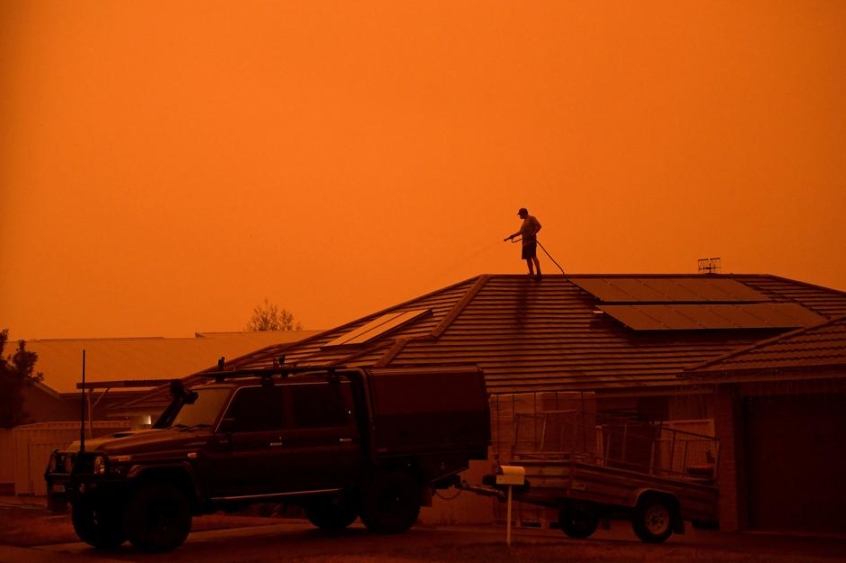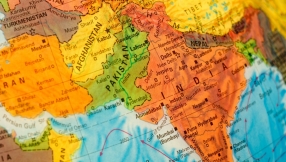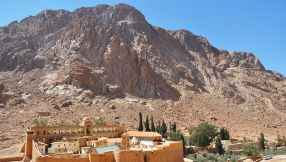
It's hard to write objectively about something that you and your loved ones are directly involved in. But I have read so much hysteria and misinformation from both mainstream and social media that I thought it was time to add to my earlier reflections on the tragedy we are experiencing in Australia, which you can read here if you haven't done so already.
What is happening?
The BBC have this helpful summary of what is going on and some of the main issues.
Each year, there is a bushfire season in Australia, but this year it started weeks earlier and they are now the largest in living memory. The bottom line is that over 10 million hectares have been burned (that is an area the size of Scotland and Wales combined), hundreds of homes have been destroyed, at least 20 lives lost, and almost 500 million animals and birds destroyed (including an estimated third of the koalas in northern New South Wales).
The fires continue to rage – Sydney has had 38 poor air quality days in the past two months because of the smoke from fires burning over 50km away. Even as I write I am looking out over what is normally a clear and sunny view from our apartment, but today it's cloudy with the smoke – to the extent that we cannot sit outside. And the fire season has hardly begun!
The impact of this is seen in so many ways. Yesterday, we were in Western Sydney visiting a shopping mall – which in these conditions become very popular as they are air-conditioned. When we entered our car, I assumed the outside temperature gauge was not working – it read 47 degrees! We later discovered that the area we were in had just recorded its highest temperature ever – 48.9 degrees – a full 1.5 degrees higher than the previous record.This was the hottest place in the world that day!
Over New Year's Day, I was speaking at the Belgrave conference centre, near Melbourne in Victoria. On the Monday we were evacuated from the conference centre and moved to another area because of the 'catastrophic' fire threat. At the new venue in Berwick, the temperature in the afternoon was 44 degrees at 3pm. At 7pm it was 35 degrees, but by 8pm it was 16 degrees and raining. It was such a dramatic drop within the space of one hour.
I think of a friend in the coastal town of Nowra whose children and wife were evacuated as he sat in the garden at night seeking to save his home and business from the spot fires that are so easily started by the embers carried in the strong winds. These personal stories can be multiplied thousands of times.
Why is this happening?
When great catastrophes happen, we look for simple explanations. In this case, there is a very simple explanation that has the advantage of being the cause celebre for much of the commentariat. So from Greta Thunberg to Harry and Megan, we are being told that the Australian bushfires are proof that the world is burning and time is running out.
'We told you so' is the not so helpful message. Simple messages are of course more effective if they contain some truth, and the general scientific consensus is that the increased temperatures, which are a great contributing factor, are at least partially caused by global warming from human activity. But that is by no means the whole story.
Consider the following:
These fires are not new. This afternoon I was reading about the impact of the 1851 Black Thursday bushfires that burnt a quarter of Victoria, killed 12 humans and over a million sheep. Or this report of the Blue Mountains (another hard hit area today) facing a tragedy where a million hectares were burnt in 1968. Or the more recent 2009 Black Saturday fires in Victoria which resulted in 173 deaths and more than 2,000 homes destroyed. Many of these and many others occurred before global warming.
The Indian Ocean Dipole is the main reason for both the extreme heat and drought in Australia. This is an effect where the western half of the ocean is warmer than that of the eastern. Added to this is the problem of the winds. Normally the strong southerlies blow several hundred kilometres to the south but for some unknown reason they are much closer to Australia.
The combination of heat, drought and wind is devastating. In reality, there is not much that the Australian government can do to control the wind, waves and heat. If Australia were to destroy its own economy (and impoverish many poor people even more) and reduce its emissions from 1.3% to 1% of global emissions, the new power stations being planned in China would make up for that within a year.
Fires need fuel. Bushfire scientist David Packham warned in this prescient article in 2015 that unless fuel reduction burns were increased, Victoria and New South Wales were facing potential disaster.
The Volunteer Fire Fighters Association (VFFA) issued a statement asking people not to blame either the fire crews or climate change, but rather the fuel loads – the amount of dry combustible material that has been allowed to build up. It is generally recognized that the indigenous Aboriginal people, as well as the early farmers and settlers, were much better at managing the land because they regularly burned it.
So why has this happened? The irony is that Greens/environmentalist activism has greatly hindered effective management of the bush. In NSW, fire trails were abandoned in order to keep out campers and four wheel drives. The trouble is that these trails both acted as fire breaks and provided access for fire crews into remote areas.
In Gippsland - the area in Victoria most devastated by the latest fires - some of the load reduction burning was stopped because, as one campaigner put it, "I'm more worried about climate change and the impact the burns are having. I'm worried for my grandchildren."
Protestors held signs saying "stop burning nesting birds". The burns were cut back from 370 hectares to nine. Nowa Nowa was evacuated in the latest fires.
Arson
It seems incredible but one of the major causes of the bushfires is arson. As the Sydney Morning Herald stated in this informative report, 13% of bushfires are natural; 87% are human and of these at least 40% are believed to be arson. The situation is so serious that today it was reported that NSW police are to set up a taskforce to investigate how many of the fires were caused deliberately and to seek to bring the culprits to justice.
When great catastrophes happen we often seek for people to blame and someone to lash out against. People want to blame the Prime Minister, Scott Morrison. Others want to blame the Greens. The fact is that there is probably truth in some of the accusations - the government cutting funding to the fire services was a big mistake and I have already mentioned the Greens above. But instead of blame, we should seek to ask what we can do.
We can't control the wind and the waves, but we can manage the land and we can support those such as the 'Firies' – the mainly volunteer firemen who have been the real heroes in this drama. We should not offer simplistic solutions. For example, somewhat counter intuitively, electric cars in NSW have a larger carbon footprint than diesel! Yes, we should cut down on carbon emissions
We should not feed hysteria or incite the mobs. We should not use tragedy for political ends and we should not deny science for the sake of politics. And please avoid the hypocrisy. For example, the Sydney Morning Herald seeks to make political capital out of this by using it to attack the Prime Minister and claiming that climate change is the real reason.
Yet in my weekend SMH, there are pages of adverts for wealthy readers to jet off to exotic holidays all over the world. To complain about climate change that you say is caused largely by air travel, and then to take the 30 pieces of silver in order to promote that travel is as hypocritical as those who fly to conferences which seek to discuss how to stop people flying!
And please don't make the poor pay for your beliefs about climate change. If they really believe what they say then it is the wealthy and the powerful who should lead by example. Prince Harry and Meghan urging the poor not to travel by air whilst themselves taking private jets does not make a great example.
We have looked at this 'under the sun', but next week it's time for a greater overview as we look at this from above the sun – a theological perspective. Meanwhile can I echo the cry of the Anglican Archbishop of Sydney for prayer – especially for 'drenching rain'.
David Robertson is director of Third Space in Sydney and blogs at www.theweeflea.com













